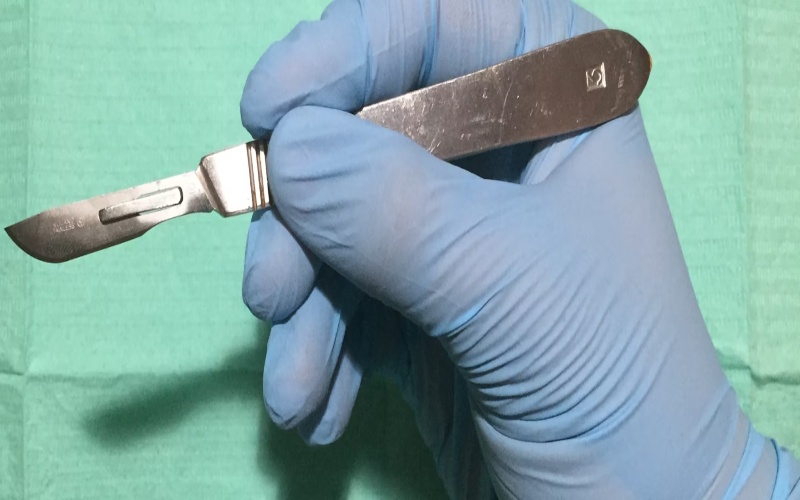Scientists discover brain cells linked to depression, offering hope for better treatments

The researchers focused on two types of brain cells. The first type helps control mood and how the brain responds to stress. The second type acts like the brain's protection team, managing inflammation, which is the body's natural response to injury or illness, but can be harmful when it happens in the brain.
Scientists have identified specific brain cells that play a key role in depression. This groundbreaking study, published in Nature Genetics, confirms that depression is not just about feeling sad or going through tough times but involves real, physical changes in the brain.
Depression affects more than 264 million people worldwide and is one of the leading causes of disability. In Kenya, mental health issues are widespread, with about one in four people visiting health clinics suffering from conditions like depression.
More To Read
- Inside El Fasher: A city under siege as hospitals and civilians face relentless attacks
- How conflicts, disasters are taking a heavy toll on Africa’s mental health
- WHO says rebuilding Gaza’s shattered health system critical to a lasting peace
- WHO warns of alarming teen vaping surge as 15 million adolescents now using e-cigarettes
- Growing health crisis among Kenya’s elderly: Costs, care and insurance coverage
- Gaza health system overwhelmed as WHO reports 42,000 people have life-changing injuries
According to the World Health Organisation (WHO), depression is defined as a common mental disorder characterised by persistent sadness, loss of interest or pleasure in activities, feelings of guilt or low self-worth, disturbed sleep or appetite, low energy, and poor concentration. It can significantly impair a person's ability to carry out daily activities and, in severe cases, may lead to suicide.
The researchers focused on two types of brain cells. The first type helps control mood and how the brain responds to stress. The second type acts like the brain's protection team, managing inflammation, which is the body's natural response to injury or illness, but can be harmful when it happens in the brain.
"By comparing brain samples from people who had depression with those who did not, we discovered that these brain cells work differently in people with depression," the scientists said.
Using advanced technology, the scientists examined thousands of individual brain cells taken from donated brain tissue. This rare collection of brain samples included those from people with mental health conditions, which made the study possible.
The study found that in people with depression, many important genes inside these brain cells behave differently than in healthy brains. These differences affect how brain cells communicate with each other, how the brain handles emotions and stress, and how it controls inflammation. This proves that depression has a clear biological basis and is linked to changes happening at the smallest level in the brain.
Understanding which brain cells are affected gives scientists a clearer picture of where depression-related problems happen in the brain. This is a crucial step forward because it opens the door to developing new treatments that focus specifically on these cells. Such targeted treatments could work better and cause fewer side effects than current medicines, which often affect the entire brain rather than specific parts.
The findings also highlight the role of inflammation in depression, suggesting that treatments in the future might help by reducing harmful inflammation in the brain.
Scientists plan to keep studying how these changes in brain cells affect overall brain function. Their goal is to find ways to create more precise treatments that help restore normal brain cell activity and improve the lives of people with depression.
This study represents a major advance in understanding depression and offers hope for more effective and personalised therapies in the future.
This adds to the growing body of studies showing that depression involves real changes in the brain. For example, a 2011 meta‑analysis of MRI studies looked at people with first‑episode major depression and compared them with healthy controls.
The researchers found that in depressed individuals, the hippocampus, a brain region involved in memory and emotion, was on average about 4.0 per cent smaller on the left side and 4.5 per cent smaller on the right side compared to those without depression.
A study titled "The Anatomy of Depression in Light of Evidence from Neuroimaging Studies," published in the National Library of Medicine, used brain scans to examine people with depression. Researchers found that some areas of the brain function differently and even look different compared to those without depression.
One key area, responsible for thinking, decision-making, and managing emotions, often shows reduced activity in people with depression. In some cases, this area is smaller, which may explain why those with depression struggle with focus and often feel emotionally drained.
Another important region, involved in memory and emotional processing, is also frequently smaller in people with long-term depression. Stress is believed to contribute to changes in this part of the brain.
"There is also a brain area that processes fear and sadness. In people with depression, this part is more active, which could lead to stronger emotional reactions to stressful or upsetting situations," the researchers said.
They added that these brain changes have been confirmed in many studies, some involving hundreds of participants, showing consistent and lasting physical differences in the brains of people with depression.
"Additionally, the brain uses special chemicals to send messages between cells. In depression, these chemical signals can become unbalanced, affecting mood, sleep, appetite, and thinking."
Top Stories Today












































